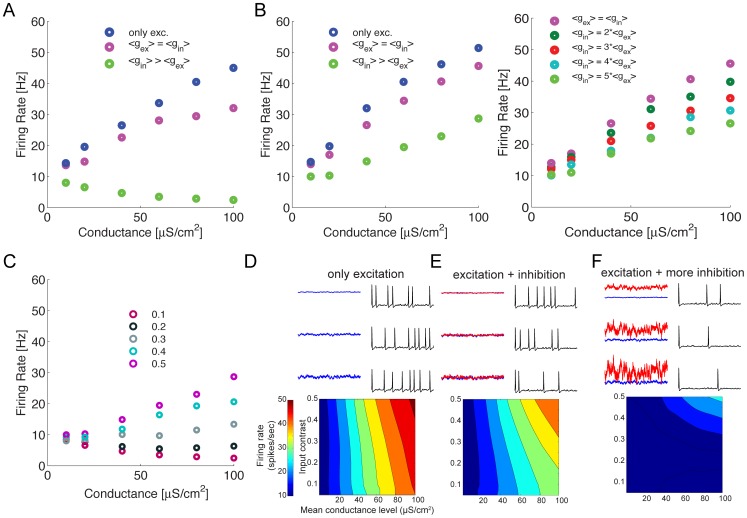Figure 2. Firing rates of spike trains evoked by three different synaptic input regimes.
(A) The firing rate of the single compartment model for three different synaptic regimes; excitation alone, identical excitation and inhibition, and five-fold greater inhibition than excitation. All stimuli have a low contrast (0.1). (B) (left panel)The firing rate of the single compartment model with increasing inhibition. The amount of inhibition varies from none (excitation alone) to five-fold greater inhibition than excitation. All stimuli have a high contrast (0.5). (right panel) The firing rate of the single compartment model with different levels of inhibition. (C) The firing rate of the single compartment model for five-fold greater inhibition than excitation. The stimulus contrast ranges from 0.1 to 0.5. (D) (top panel) Action potentials in response to a mean excitatory (blue trace) conductance of 20 µS/cm2 at three different contrasts (top: 0.1, middle: 0.25. bottom: 0.4). (bottom panel) The information rates of spike trains generated by excitatory conductances alone. (E) (top panel) Action potentials in response to a mean excitatory (blue trace) and inhibitory (red trace) conductance of 20 µS/cm2 at three different contrasts (top: 0.1, middle: 0.25. bottom: 0.4). The x- and y- scales are identical to that in D. (bottom panel) As in D, except that an identical inhibitory synaptic input has been added. (F) (top panel) Action potentials in response to a mean excitatory (blue trace) conductance of 20 µS/cm2 at three different contrasts (top: 0.1, middle: 0.25. bottom: 0.4). The mean and standard deviation of the inhibitory conductance (red trace) is set at five times that of the excitatory conductance. The x- and y- scales are identical to that in D. (bottom panel) As in D, except that the excitatory input is accompanied by a five-fold greater inhibitory synaptic input. The x- and y-axes represent the mean and contrast of the excitatory conductance.

